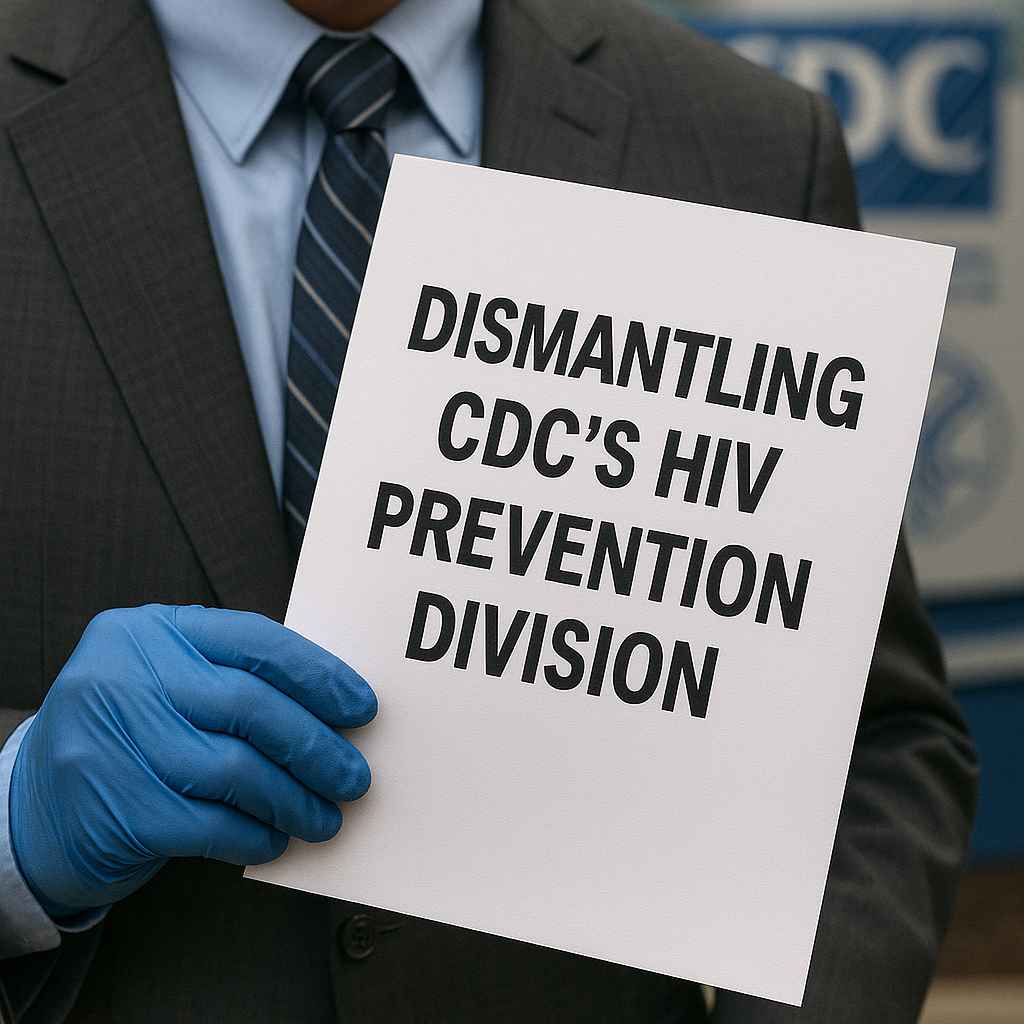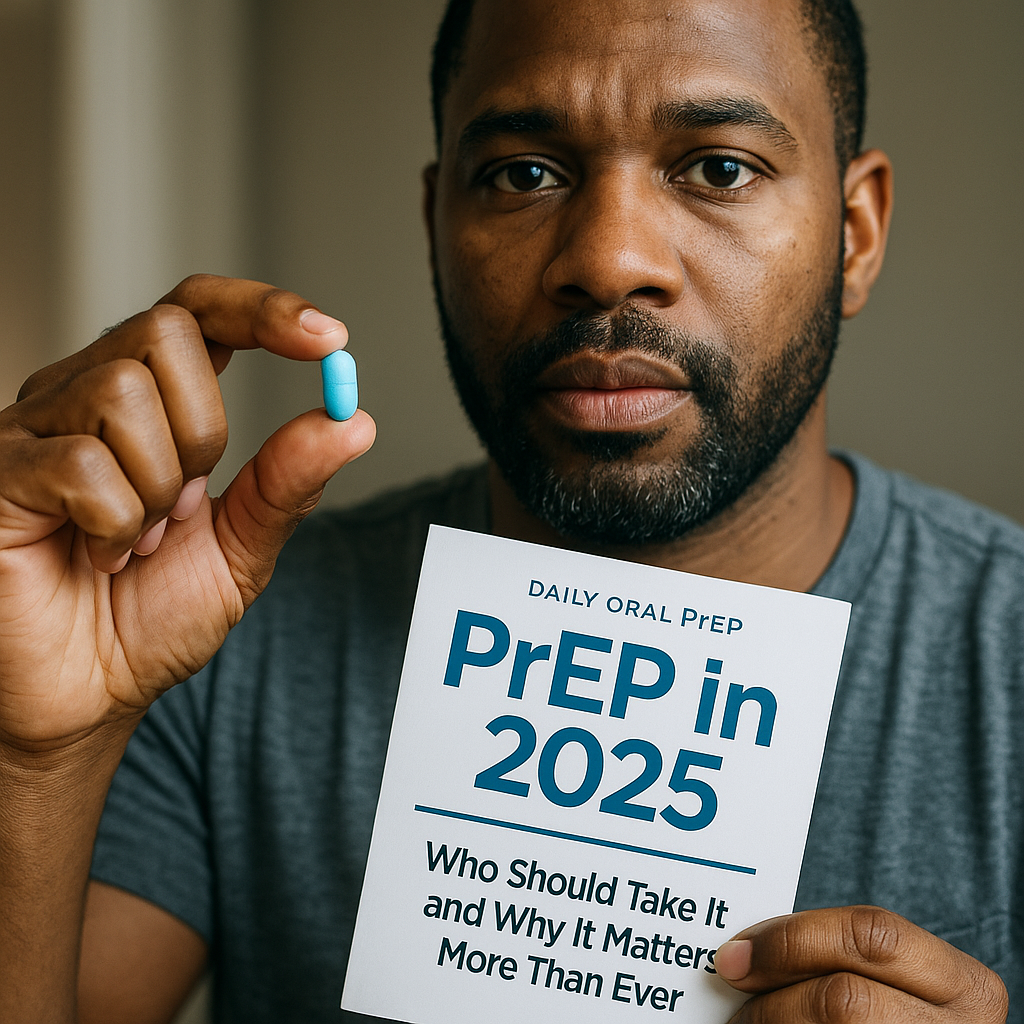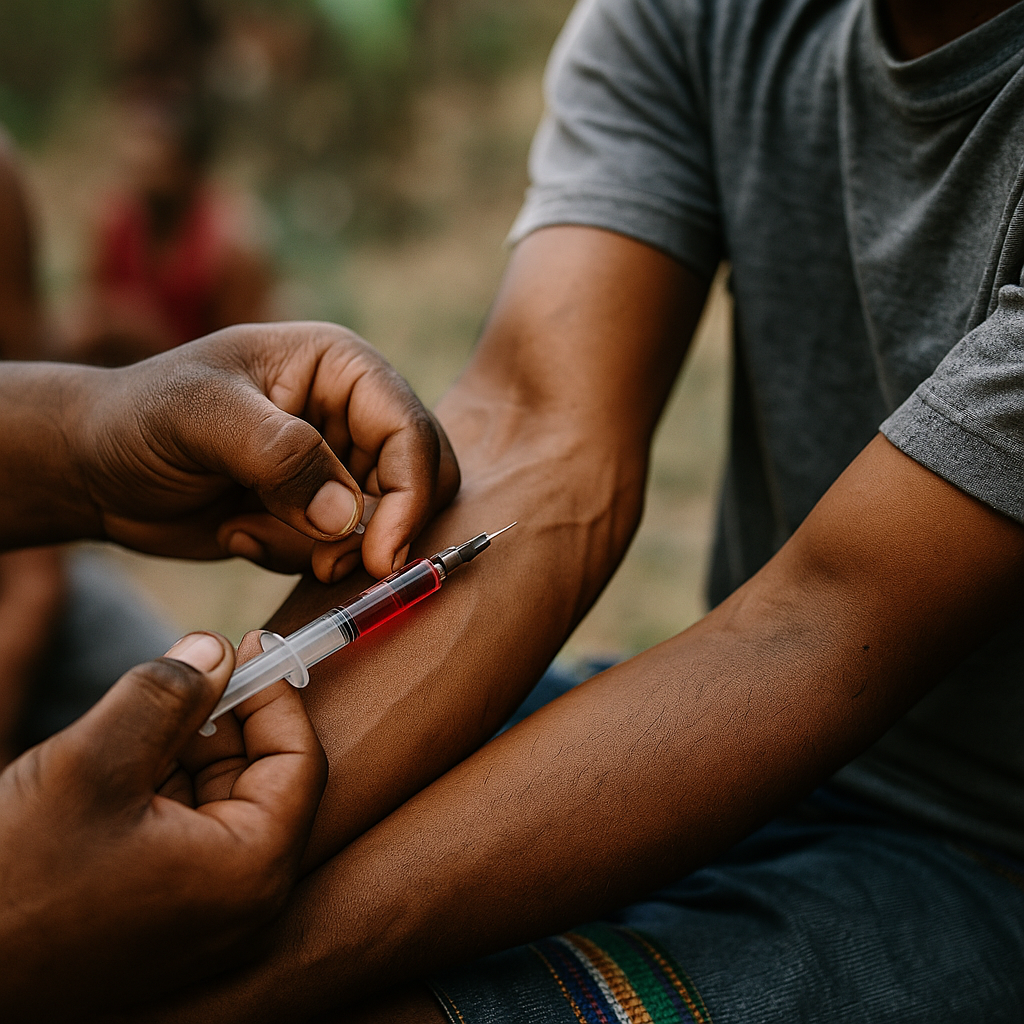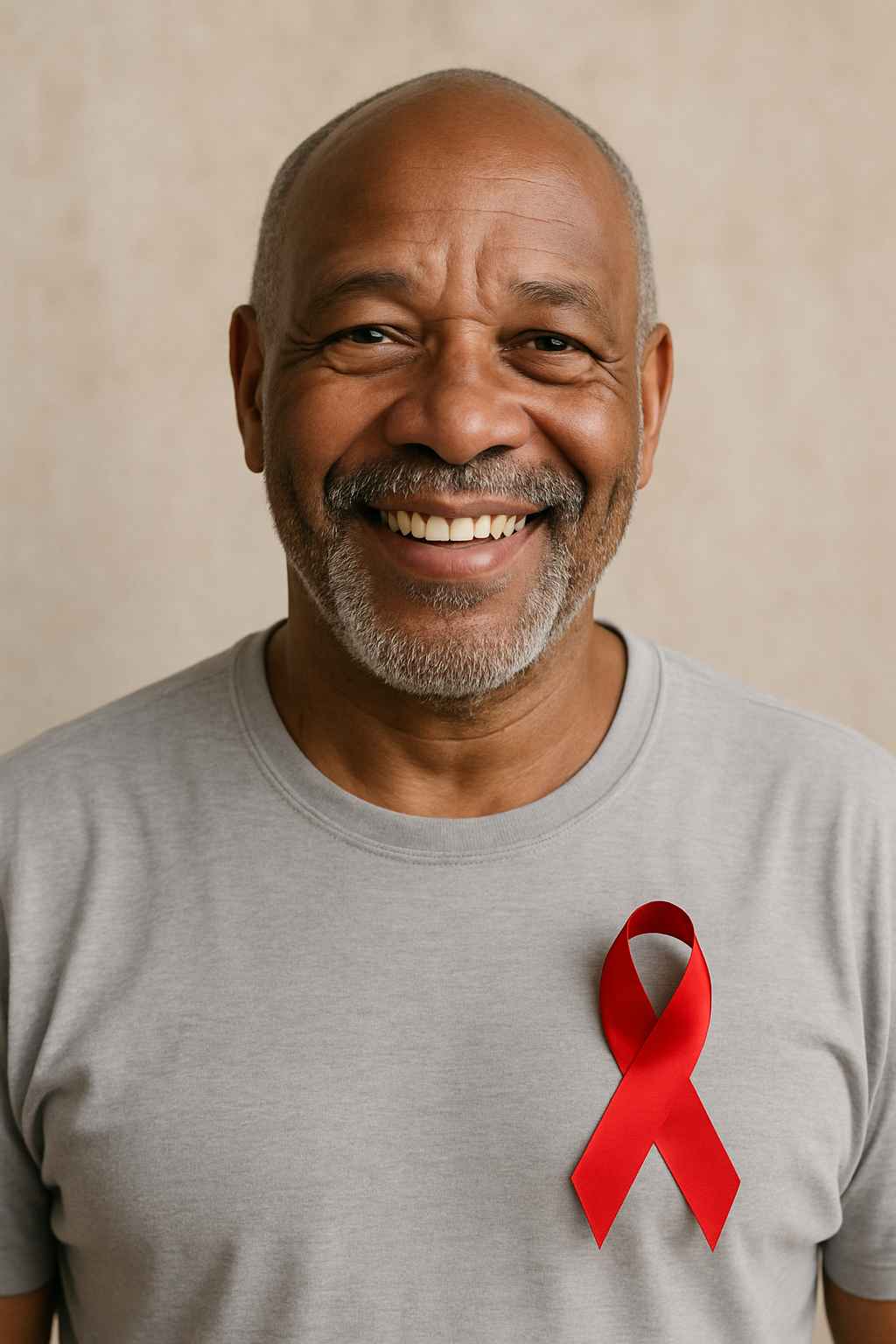Introduction
The Centers for Disease Control and Prevention’s (CDC) Division of HIV Prevention (DHP) has long been a central pillar of the nation’s HIV response. Recently, however, reports have emerged that the current administration is preparing to dismantle or radically reorganize this division. This proposal has sparked alarm across public health, advocacy, and HIV communities, who warn that the consequences would threaten decades of progress. In this article, we explore what’s known so far about the plans, the potential impacts, and what the HIV community can do in response.
Table of Contents
- The CDC’s Division of HIV Prevention: Role & History
- What the Dismantling Plan Entails
- Potential Risks & Consequences
- Voices from the Field
- What Communities and Advocates Can Do
- Frequently Asked Questions
The CDC’s Division of HIV Prevention: Role & History
The CDC’s Division of HIV Prevention is part of the National Center for HIV, Viral Hepatitis, STD, and Tuberculosis Prevention. (poz.com) Its responsibilities are broad and vital:
- Surveillance and epidemiological data collection to monitor HIV incidence and prevalence
- Guidance on HIV prevention strategies, including testing, condom distribution, and behavioral interventions
- Support for PrEP (pre‑exposure prophylaxis) and post-exposure programs
- Grants to state health departments and community-based organizations for local HIV prevention initiatives
Over the past decade, strategic investment in HIV prevention has helped reduce new infections, particularly through scaling up PrEP, increasing testing access, and targeting high-risk communities. An analysis from amfAR shows that increased CDC investment between 2010 and 2022 was associated with nearly a 20% reduction in new HIV infections nationwide. (amfar.org)
What the Dismantling Plan Entails
Reports suggest that the current administration is considering eliminating or fundamentally reorganizing the Division of HIV Prevention. (chlpi.org) Key elements of the plan, as reported, include:
- Removing the division from its current structure or subsuming its functions into other agencies
- Withholding or delaying already authorized HIV prevention funding from states and community organizations
- Canceling or reducing grants that support essential prevention services like PrEP programs, testing, outreach, and education
- Cutting staff, including researchers, epidemiologists, and program officers whose institutional knowledge is critical (hivma.org)
Already, news outlets report that proposed federal budget changes have eliminated mention of the Division of HIV Prevention, signaling the seriousness of the shift. (aidsunited.org) Some local clinics and state programs have received “stop work orders” as they await funding that has already been allocated by Congress.
Potential Risks & Consequences
- Resurgence of new HIV infections: Without consistent prevention resources, many communities may lose access to testing, PrEP, and outreach programs. amfAR warns that such cuts could reverse progress and lead to a dramatic rise in new infections and deaths. (amfar.org)
- Loss of surveillance and data infrastructure: The ability to monitor trends, detect outbreaks, and allocate resources appropriately would be impaired. (statnews.com)
- Disruption of community-based providers: Many prevention programs operate at the local level, funded through CDC grants. State budgets often cannot fill the gap. AIDS United notes that over 90% of federal HIV prevention funding flows through the CDC, and nearly 90% of that reaches local entities. (aidsunited.org)
- Reduced support for PrEP access and adherence: Patients depending on federally supported access may face interruptions—particularly in underserved and marginalized populations.
- Loss of scientific and programmatic expertise: Layoffs among researchers and program staff would erode institutional memory and capacity. (hivma.org)
- Setback on the “Ending the HIV Epidemic” initiative: The U.S. goal to dramatically reduce HIV incidence by 2030 depends on coordinated, robust prevention infrastructure—one that would be gutted under this proposal.
- Widening health inequities: Marginalized groups—Black and Latinx communities, LGBTQ+ people, people in rural areas—are already disproportionately affected by HIV. They stand to suffer most from reduced services.
Voices from the Field
Community and advocacy groups have responded with alarm:
- AIDS United has launched calls to action, warning that the loss of prevention programming is “all but impossible” for states to cover on their own. (aidsunited.org)
- AmfAR issued an analysis emphasizing that these cuts will likely reverse gains in HIV reductions and lead to higher costs in the long run. (amfar.org)
- The HIV Medicine Association expressed deep concern that the removal of branches within the division will create chaos, inefficiencies, and interruptions in essential services. (hivma.org)
- At the local level, community health centers and LGBTQ+ organizations—such as the Mazzoni Center in Philadelphia—condemned the proposal, warning it would undo decades of work. (cbsnews.com)
What Communities and Advocates Can Do
- Engage policymakers now: Contact your Members of Congress and Senators to oppose budget cuts and demand that Congress fully fund HIV prevention mandates.
- Speak out publicly: Use your platform—social media, newsletters, local media—to raise awareness about what’s at stake.
- Partner locally: Strengthen coalitions among health departments, clinics, advocacy groups, and affected communities to coordinate responses and contingency planning.
- Document impact: Collect and share stories, data, and metrics of what would be lost. Local evidence can influence decision makers.
- Legal avenues & oversight: Monitor whether proposed budget or agency changes violate statutory mandates or procedural rules. Pursue legal challenges if needed.
- Support federal advocacy: Amplify efforts by national organizations (e.g. AIDS United, amfAR, HIVMA) to sustain pressure on decision makers.
Conclusion
The proposed dismantling of the CDC’s HIV Prevention Division represents an existential threat to U.S. efforts to prevent HIV. It jeopardizes surveillance, funding, research, and vital community services—especially in marginalized communities already burdened by HIV. The HIV community must act decisively, mobilizing voices, resources, and political will to preserve this crucial infrastructure.
Frequently Asked Questions
Why is the CDC considering dismantling the division?
The administration has signaled that it seeks to reorganize federal health agencies, arguing overlap among divisions. Critics contend the move is more about cost-cutting than effective governance. (chlpi.org)
Will existing CDC HIV prevention funding be honored?
So far, several programs have reportedly faced delays or “stop work orders” despite congressional allocation. (aidsunited.org)
Can state or local governments pick up the slack?
That is unlikely. State budgets are already constrained, and many lack capacity to sustain prevention services at scale.
How does this affect PrEP and testing services?
Services that rely on CDC funding may face disruptions. Access to PrEP, outreach, HIV testing initiatives, and follow-up care could all be weakened.
What can individuals do right now?
Contact your representatives, participate in public comment periods, partner with local organizations, and raise awareness in your community.
This content is not medical advice. For any health issues, always consult a healthcare professional. In an emergency, call 911 or your local emergency services.




